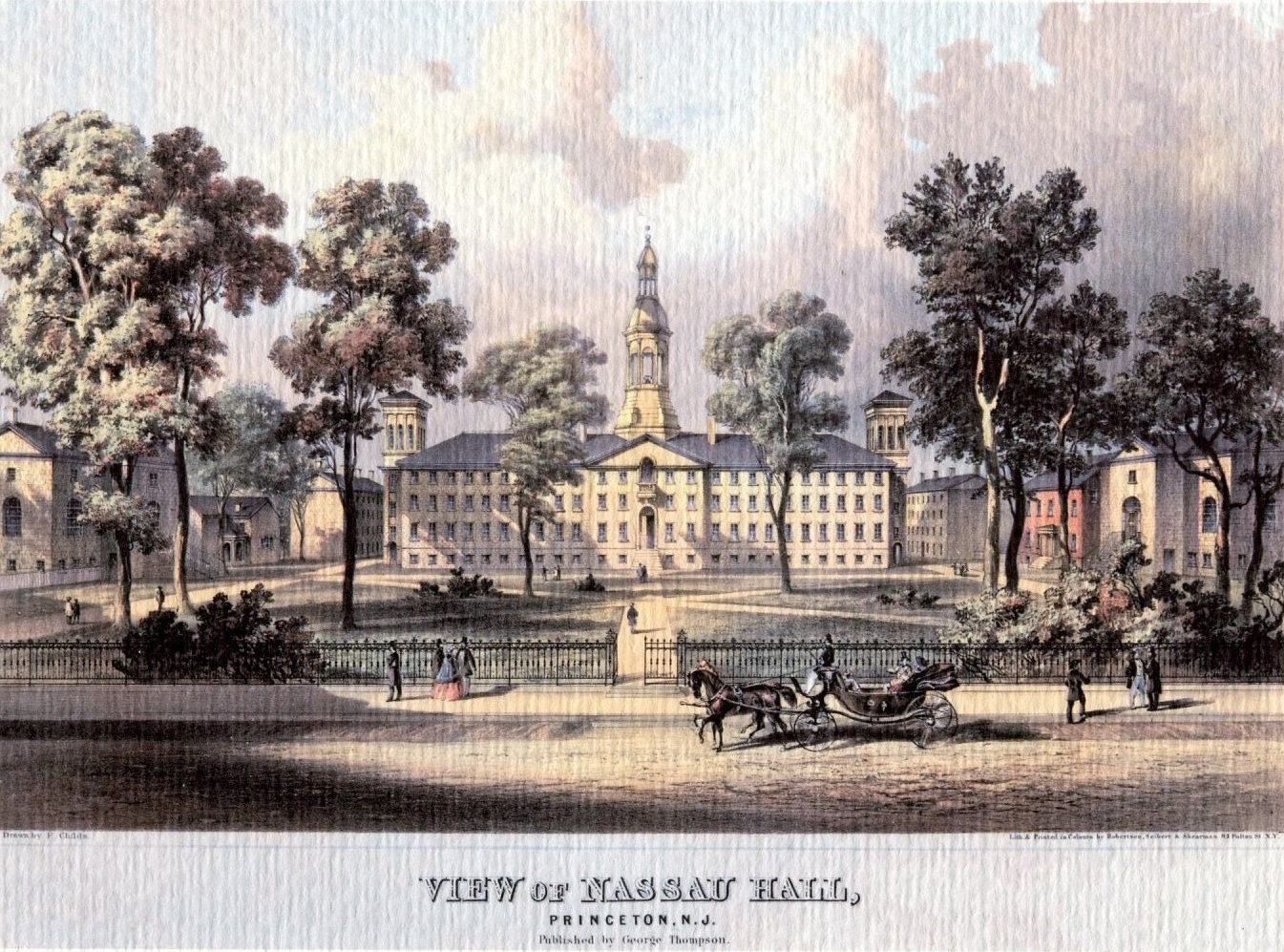-
Imaginary Princetonians
There have been many famous Princetonians, but there have also been a number of famous—or perhaps infamous—imaginary members of the Princeton community. Here we take a look at the nonexistent people who became legends on campus. Adelbert L’Hommedieu X (Bert Hormone), Class of 1917 The Class of 1917 invented an imaginary member and provided regular…
-
Announcing ASAP: Archiving Student Activism at Princeton
Next Thursday and Friday, the Princeton University Archives will host a collecting drive to launch ASAP: Archiving Student Activism at Princeton, an initiative that seeks to collect and preserve individual and organizational records created by Princeton students who engage in activism on a broad range of issues and perspectives, both on campus and off. We…
-
“War Is Imminent”: The Veterans of Future Wars
Though Princeton University has had a reputation as a relatively wealthy institution, both the school itself and its students faced economic struggles alongside the rest of the nation during the Great Depression. One March evening in 1936, two Princeton roommates, Urban Joseph Peters Rushton ’36 and Lewis Jefferson Gorin, Jr., ’36, went to the movies. The…
-
Power to the People: Princeton’s Black Activism Movement
ABC was a place where we could go and it was us. We did have a kindred spirit. I mean because it was 98 black students, all of us knew each other. And even guys that you didn’t hang out with, at some point in time you might be in their dorm room. —Ralph Austin…
-
75th Anniversary Exhibition Celebrates Princeton’s Beloved WPRB Station
Princeton University’s radio station, WPRB, has for the most part been a frenetic hodgepodge where Beethoven plays alongside The Ramones and sports broadcasts back to back with national news. However, the radio station has also been the space where new bands get airplay, campus history is made, and revolutionary ideas are expressed without restraint. For…
-
Princeton Junction & Back: Our Dinky Archives
Though New Jersey Transit lists the stop as the “Princeton Station,” locals refer to their train as the “Dinky” or “PJ&B” (Princeton Junction & Back). Recently, the station moved several hundred feet from its former site near University Place along Alexander Road, making it the talk of the town. Protests of a planned replacement of…
-
Proudly We Can Be Jews: The Jewish Experience at Princeton
“I never found Princeton a terribly comfortable place in terms of my being a Jew…” –Morton Denn ‘61 In 1993, the Center for Jewish Life (CJL) opened at 70 Washington Ave. The mission of the CJL was to provide a place for all Jews (orthodox, conservative, reform or secular) to eat, worship, and socialize. Although…
-
A Brief History of the Architecture of Nassau Hall
Nassau Hall first opened its doors on November 28, 1756. The College of New Jersey (Princeton) at that time consisted of its president, Aaron Burr, 70 students, and three tutors. Robert Smith, the carpenter-architect who would later construct Carpenter’s Hall in Philadelphia, designed Nassau Hall with the assistance of Dr. William Shippen of Philadelphia and…
-
Our Dear Old Barracks: Life in the Butler Tract
When one thinks of Princeton, the phrases “cattle-car style barracks” and “semi-slums” are rarely the first that come to mind. But these are the words people have used to describe the Butler Apartments, which have provided housing for generations of graduate students for nearly 70 years. The apartment complex, located off Harrison Street, was originally…
-
African Americans and Princeton University
Dear Mr. Mudd: Q. What information do you have about African Americans and Princeton University? A. Until the twentieth century, Princeton’s history has mostly been dominated by white men, typically from prosperous backgrounds. Though decidedly pro-Union during the Civil War, the campus had strong Southern influences, and its reputation as the “northernmost university town of the…
This blog includes text and images drawn from historical sources that may contain material that is offensive or harmful. We strive to accurately represent the past while being sensitive to the needs and concerns of our audience. If you have any feedback to share on this topic, please either comment on a relevant post, or use our Ask Us form to contact us.
